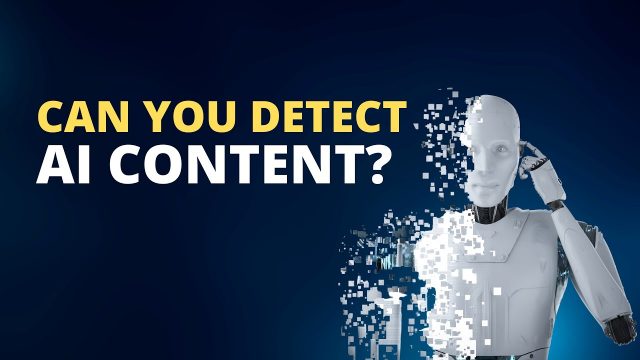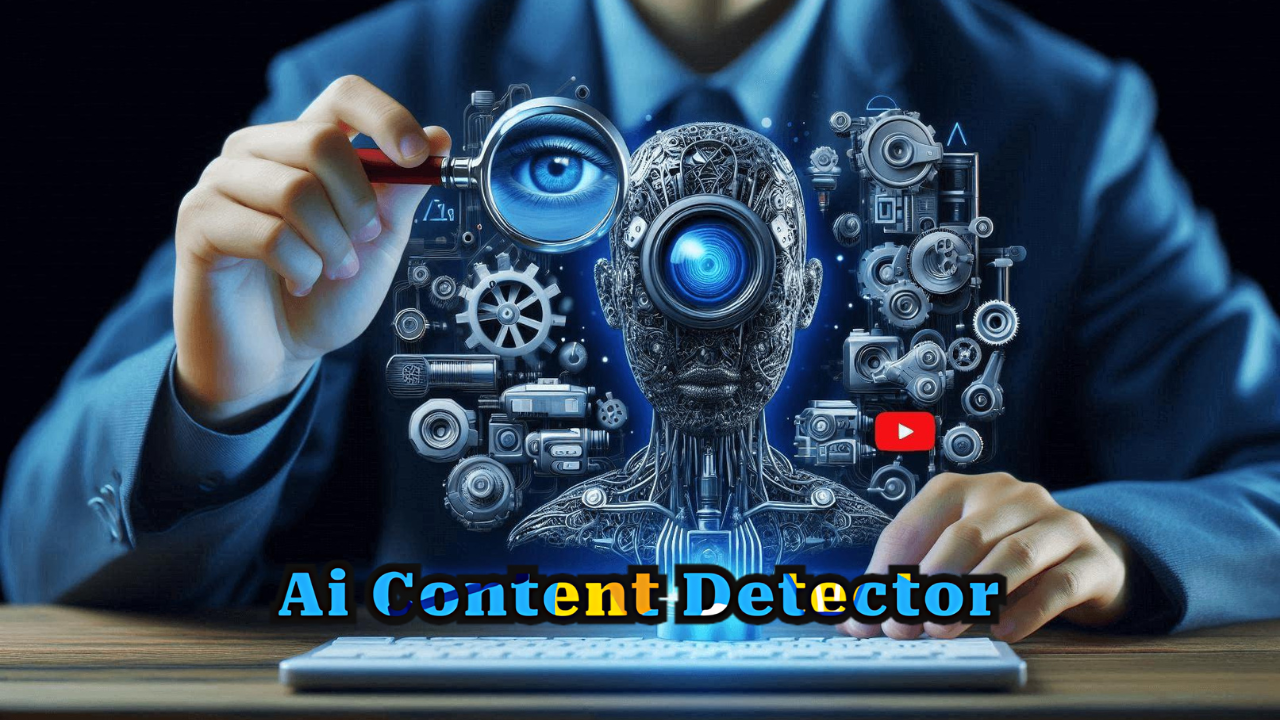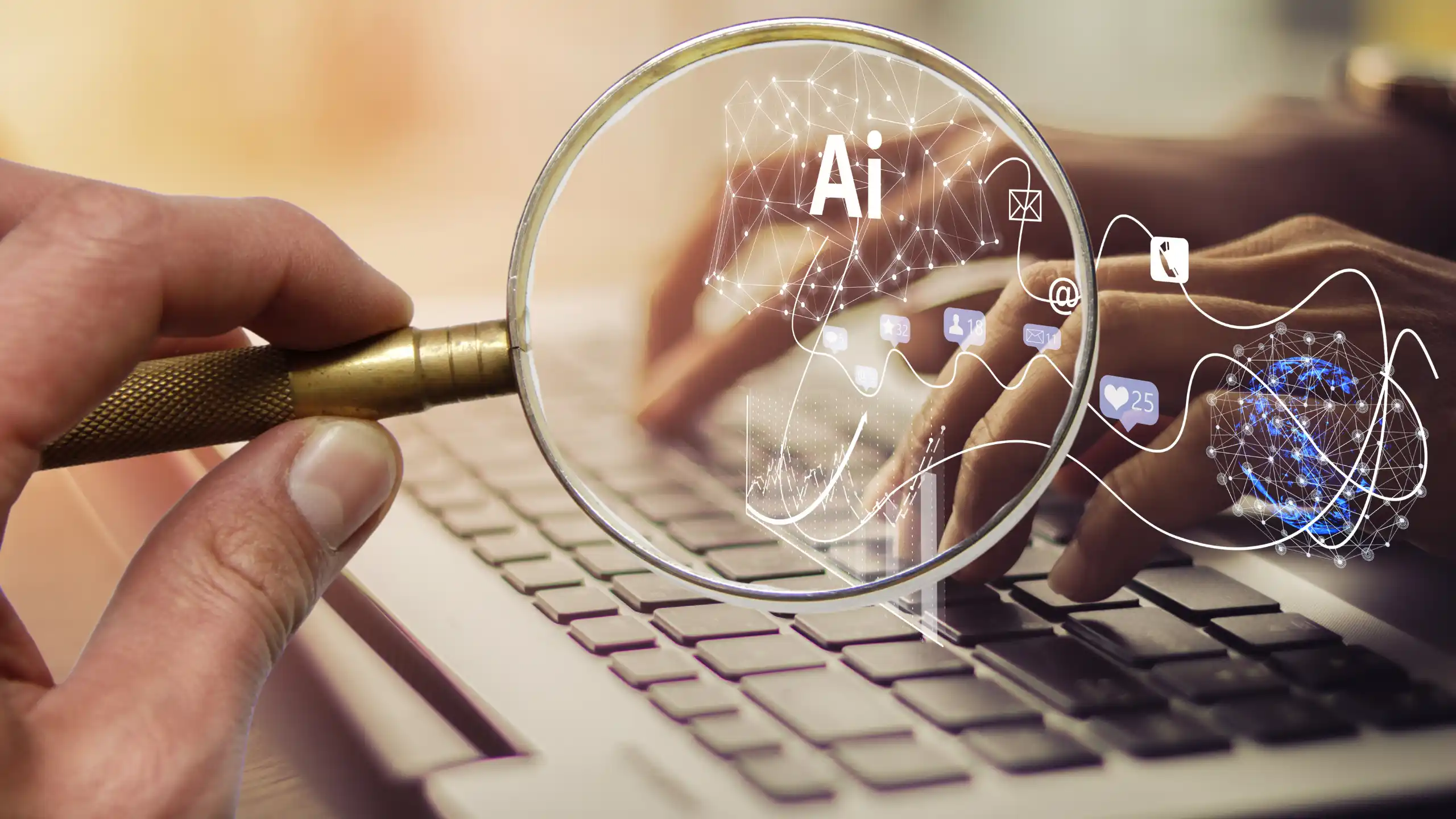
AI-generated content has become a significant concern for content creators, educators, and businesses alike. With the advent of advanced AI writing tools, it is increasingly challenging to distinguish between human-written and machine-generated text.
However, several effective methods and tools can help in detecting AI content. The goal is to find the most efficient AI content detector according to your needs.
This article will explore practical tricks and essential tools to identify AI-generated content, ensuring the integrity and authenticity of your written materials.
Identifying Repetitive Patterns

AI-generated content often displays repetitive patterns in sentence structures and phrasing. This happens because AI tools rely on a database of pre-learned patterns. Human writers naturally vary their sentence structures and use a broader range of expressions. To spot AI content, look for repetitive phrases or consistent sentence lengths throughout the text. A human writer is less likely to repeat specific phrases or maintain the same sentence length over multiple paragraphs. By carefully analyzing the text for these repetitive patterns, you can discern AI-generated content from human-written content, ensuring that the material maintains its authenticity and originality.
Evaluating Depth of Insights
AI-generated content often lacks the depth and nuanced understanding that a human writer brings to a topic. While AI can produce text that appears knowledgeable, it frequently misses the deeper insights that come from personal experience or extensive research. Human writers can provide unique perspectives and comprehensive views on complex subjects, drawing from a wealth of knowledge and critical thinking. By evaluating the depth of insights in the content, you can distinguish between AI-generated text and human-written material. Look for signs of superficial coverage of topics and an absence of detailed analysis, which often indicate AI involvement.
Checking for Uniform Style and Tone

One of the key indicators of AI-generated content is a uniform style and tone throughout the text. AI tools often produce content that maintains the same writing style from start to finish, without the natural variations seen in human writing. Human writers typically exhibit changes in style and tone due to mood, context, and individual quirks. To identify AI content, examine the text for a consistent style that lacks the variability present in human writing. This uniformity can be a strong signal of AI generation, as it reflects the algorithmic approach of AI tools in producing text.
Analyzing Sentence Complexity
AI-generated content often exhibits a predictable and formulaic approach to sentence structure. AI tools tend to use simpler, more straightforward sentences, lacking the complexity and creativity found in human writing. Human writers naturally vary their sentence structures, incorporating a mix of simple, compound, and complex sentences. To detect AI content, analyze the text for a lack of sentence variety and a tendency towards predictable, formulaic structures. This pattern is a hallmark of AI-generated text, as it reflects the limitations of the algorithms used to produce content, which often struggle with more intricate sentence constructions.
Assessing Emotional Resonance

Human writing often conveys emotions and subtle cues that AI-generated text might lack. AI tools can produce grammatically correct and contextually relevant text, but they often fail to capture the emotional depth and authenticity that human writers bring. To detect AI content, assess the emotional resonance of the text. Look for signs of genuine emotion, such as passion, empathy, or humor, which are difficult for AI to replicate convincingly. The absence of these emotional elements can indicate that the text was generated by an AI, rather than crafted by a human with real feelings and experiences.
Verifying External References
Human writers often include external references, quotes, or citations to support their arguments and provide credibility to their work. AI-generated content might lack such references or include them in a less convincing manner. To identify AI content, check for the presence and quality of external references. Verify the sources cited and evaluate their relevance and accuracy. AI tools may struggle to appropriately integrate and cite external sources, leading to a lack of credible references in the text. This can be a clear sign that the content was generated by an AI rather than a knowledgeable human writer.
Examining Temporal Consistency

AI-generated content can sometimes include outdated information or inconsistencies in time references. Human writers are more likely to be aware of current events and the latest developments in their field, ensuring that their content is up-to-date and temporally consistent. To detect AI content, examine the text for any temporal inconsistencies or outdated information. Cross-check the facts and references provided to ensure they align with current knowledge and events. AI tools may not always have access to the latest information, leading to errors that can indicate the text was generated by an AI rather than a human writer.
Cross-Referencing for Accuracy
Cross-referencing information within the text with external, reliable sources is an effective method to verify the authenticity of content. Human writers typically provide verifiable facts, quotes, and data from reputable sources. AI-generated text might include inaccuracies or fail to provide reliable references. To identify AI content, meticulously cross-check the information presented in the text against trustworthy sources. Look for inconsistencies, factual errors, or a lack of credible references. This method not only helps in spotting AI-generated content but also ensures that the material you are evaluating maintains a high standard of accuracy and reliability.
Conclusion
Detecting AI-generated content requires a keen eye for detail and an understanding of the subtle differences between human and machine-written text. By examining factors such as repetitive patterns, depth of insights, uniform style, sentence complexity, emotional resonance, external references, and temporal consistency, you can effectively identify AI content. Using these practical tricks and tools ensures the authenticity and credibility of written materials. As AI technology continues to evolve, staying vigilant and updating your detection methods will be crucial in maintaining the integrity of content in various fields.












